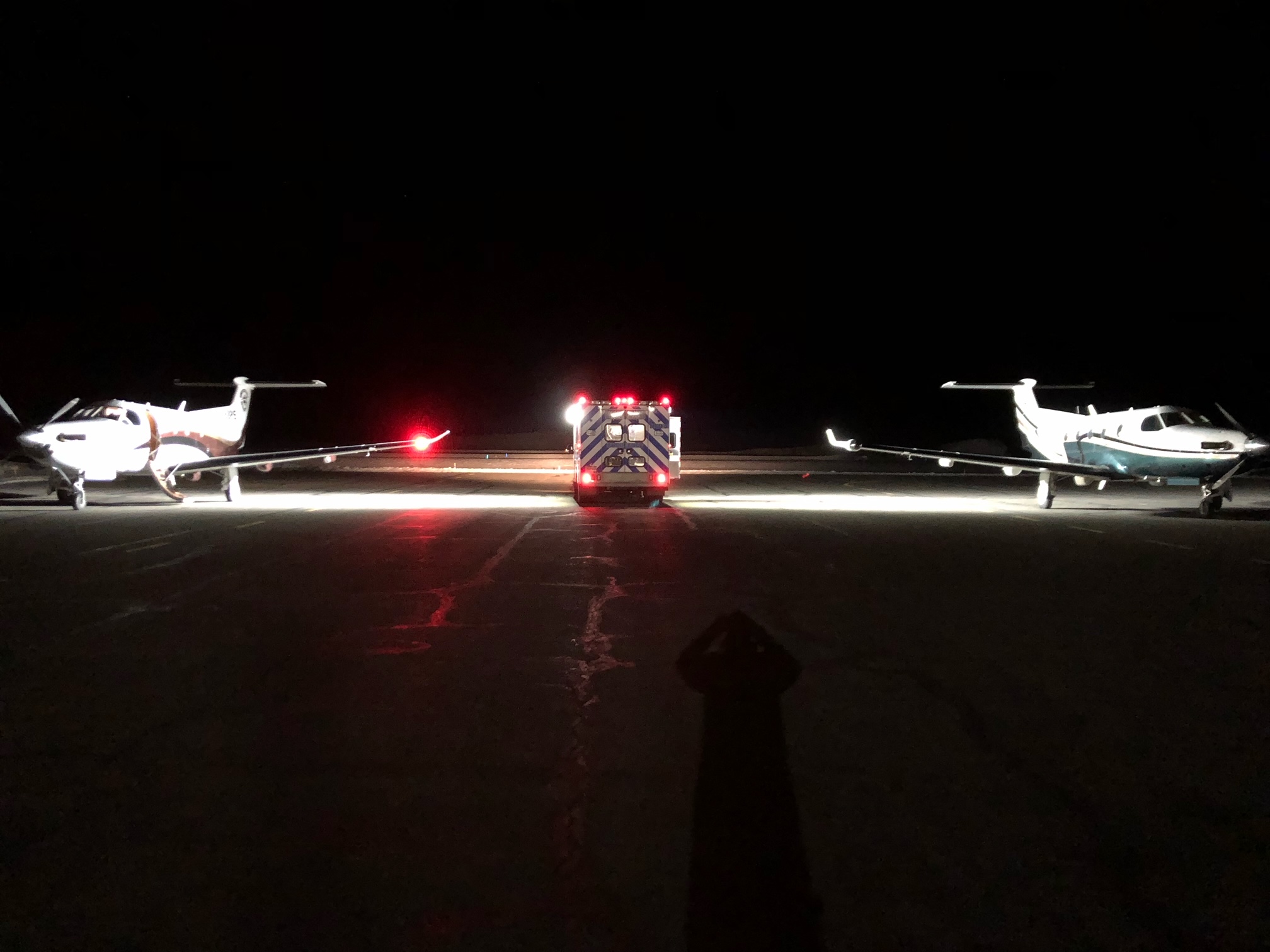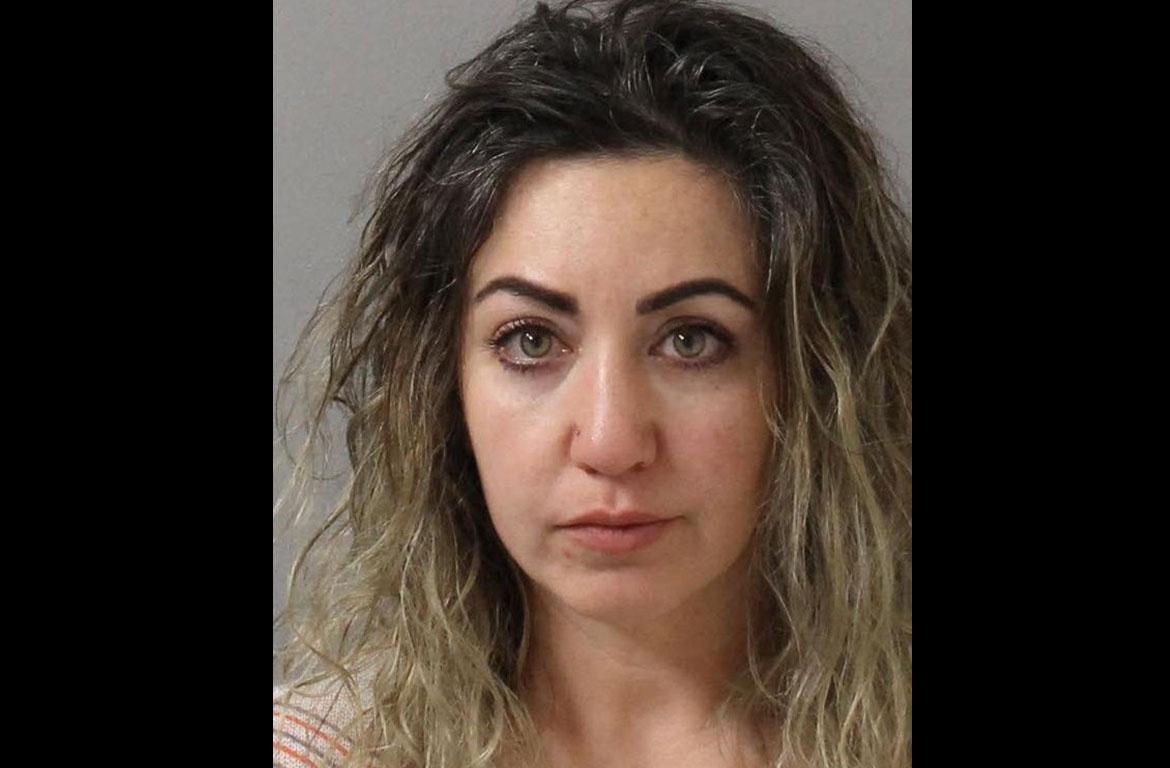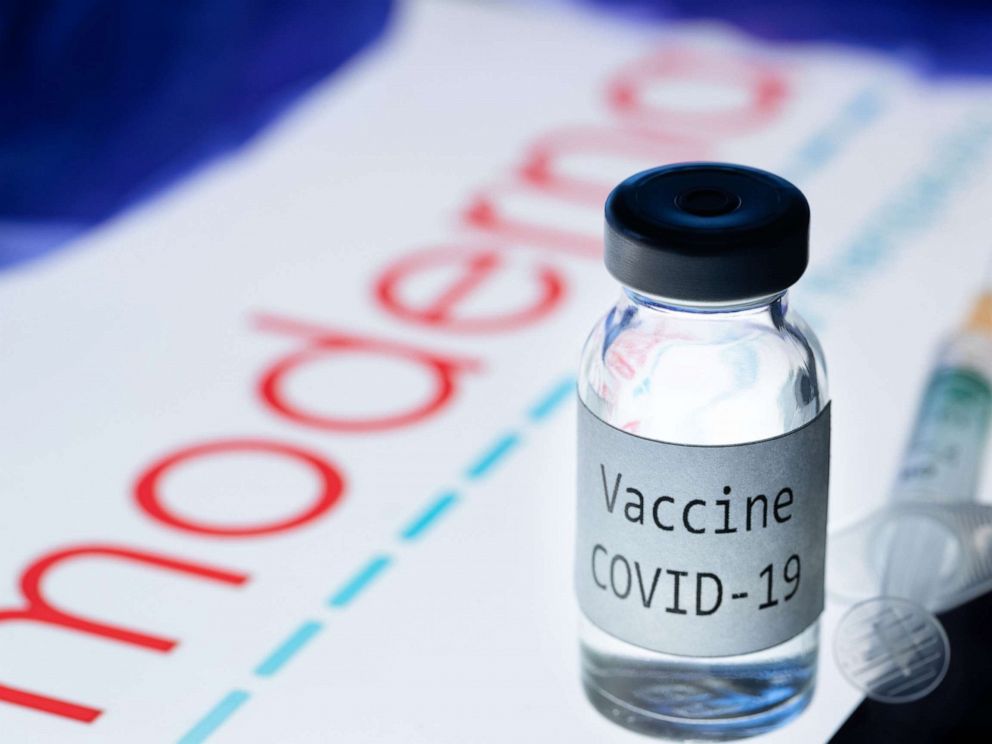Medical flights are designed to rescue injured people in remote areas. They often fly in dangerous conditions, which can put staff and pilots at risk.
Jenn Killeen remembers the day she found out her colleagues had been killed in a helicopter crash. She likely would’ve been on the flight if she weren’t pregnant at the time. Now, she’s devoting her career to making the medical flight industry safer for patients and providers.
Staying Grounded
It was the summer of 2008 when the accident occurred. Killeen was eight months pregnant at the time, working as the chief nurse on medical flights, planes, and helicopters. Her doctor told her to stay on the ground for her last trimester.
She remembers waiting at the Flagstaff Hospital for the crew to return with a patient from a medical flight when disaster struck. Someone ran into the ER and told her the bad news.
“She said, ‘I just saw a helicopter crash.’ And she was physically shaken, crying,” said Killeen. “And so, we walked out the back door, and that’s when we heard the explosion.”
Two medical helicopters crashed into each other just a short distance from the hospital. Killeen would’ve been on that flight if she weren’t pregnant, but all she could think about was her colleagues.
“I looked at my charge nurse, and I said, I’m out,” she said at the time.
Killeen got in her car and drove towards the plume of smoke in the air. She remembers the poignant smell as the fire crew arrived to see a mangled pile of metal in the trees.
“Lots of smoke, pungent, eyes burning, ugh, chemical oil burning aluminum – it’s just fire.”
She was there to identify the crew as the first responders made their way through the wreckage.
“I had to essentially identify crew members,” Killeen remembers. “That was hard. It was horrible. But I got to hold their hands.”
In all, seven people died in the crash and Killeen knew five of them. She attended a slew of funerals and memorial services over the next few weeks. The mood was somber, but everyone kept wondering how this tragedy could have occurred.
The federal investigation found that the crash was caused by human error. Many people started pointing fingers, but Killeen was focused on protecting flight nurses that were still going up in the air.
“And my message to my team – no blame, no blame. This is an accident,” she said.
That year happened to be one of the deadliest years on record with six more medical helicopter crashes within the next two months. Killeen and her colleagues started advocating for change, and slowly medical flight training improved.
“The pilots really have a lot going through their mind – power settings, the temperature of the aircraft, you know, the wind direction. So, it’s a really busy time for pilots,” said flight medic Danny Cox.
Crews implemented new safety protocols to protect providers in the air.
“We literally on every flight tell our pilots when it’s time to take off or land, we’re all secure, and our eyes are out. And that’s our way of checking ourselves to, OK, get your heads out of the aircraft,” he added.
Aircrafts now come with terrain collision avoidance systems to improve navigation. Killeen also fought to improve communication when pilots and staff were suffering from fatigue.
“I wholeheartedly believe that as awful as that was, we had to go through it to be better,” she said.
Once she gave birth, Killeen returned to the skies to care for patients in need. But this time she felt confident that she would make it home in one piece.




